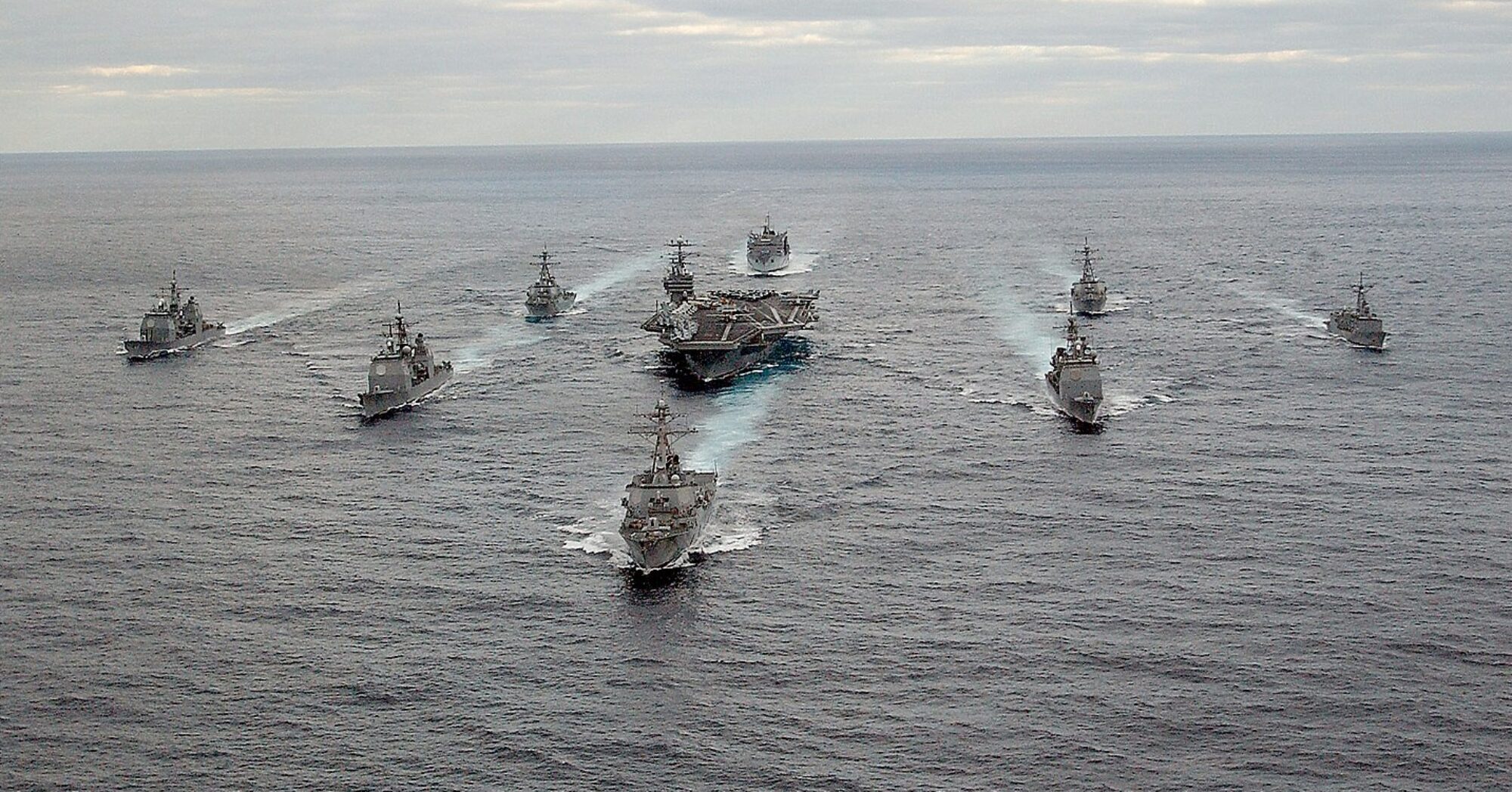
Introduction

With a heritage rooted in my service as a US Navy Destroyer sailor and as the founder of Americans for a Stronger Navy, I carry a profound appreciation for the indispensable role of the U.S. Navy in safeguarding our nation’s security and prosperity. Having stood stem to stern with sailors of diverse backgrounds, I’ve been a witness to their commitment and the sacrifices they make for our country’s well-being. My dedication to this esteemed American institution is unwavering, and I am resolute in my commitment to maintain our Navy as the most formidable maritime force globally.
It is encouraging to note that GOP candidates Ron DeSantis and Nikki Haley in last night’s debates have both recognized the need for a “stronger Navy.” Their collective acknowledgment underscores the urgency of reinforcing our naval capabilities in the face of escalating threats from strategic adversaries like China, Russia and Iran.
Mackenzie Eaglen, in her American Enterprise Institute Op-Ed, has astutely pinpointed the growing challenges confronting the U.S. Navy, advocating for fleet modernization, technological investment, and reinforced alliances to sustain our maritime dominance.
Echoing Eaglen’s sentiments, I contend that an agile adaptation to the shifting maritime theater is essential. Investing in the right mix of technology, forging stronger alliances, and galvanizing public support for naval endeavors are critical steps towards this goal.
As we acknowledge the challenges outlined by Eaglen and others, we at Americans for a Stronger Navy understand the gravity of these concerns and the imperative of a strategic response.
The Path Forward
To address the multi-faceted nature of these challenges, a comprehensive strategy encompassing innovation, force structure assessment, shipyard modernization, and strengthened alliances is necessary:
- Strategic Innovation: The Navy should lead in deploying advanced technologies like unmanned systems and artificial intelligence, amplifying the capabilities of our current fleet and personnel.
- Force Structure Assessment: Regular evaluations of our force composition will ensure that we have the optimal blend of high-end assets and versatile platforms for varied operational demands.
- Shipyard Modernization: Upgrading our shipbuilding facilities and fostering workforce proficiency is crucial for augmenting our shipbuilding capacity and minimizing maintenance delays.
- Budget Certainty: It’s imperative that Congress affords the Navy a predictable and substantial budget, mitigating the inefficiencies of financial uncertainty.
- Alliances and Partnerships: Fortifying our bonds with allies and encouraging their naval modernization endeavors will be pivotal for a robust collective defense.
- Holistic Defense Strategy: The Navy must be integrated within a broader defense architecture that encompasses air, space, cyber, and land forces.
- Education and Outreach: Fostering strong connections with educational entities will nurture the future craftsmen and leaders essential for naval supremacy.
- Investing in Its People: The backbone of the U.S. Navy is its sailors. To maintain a competitive edge, we must invest in their professional growth and personal well-being. This entails comprehensive training programs, educational opportunities, career development paths, and supportive services that ensure our sailors are not only prepared to meet the demands of modern warfare but also feel valued and invested in. By doing so, we cultivate a workforce that is resilient, skilled, and deeply committed to the Navy’s mission. Our sailors deserve the best support a nation can offer, from cutting-edge training systems to robust family and health services, ensuring they are mission-ready and their families are well cared for.
Public Engagement
To cultivate enduring support for a formidable Navy, we must enhance public engagement through:
- Awareness campaigns that illuminate the Navy’s role and capabilities.
- Educational programs to broaden knowledge of the Navy’s contribution to national security.
- Opportunities for public involvement to support the Navy’s mission.
Concluding Thoughts
In essence, we urge a united front of policymakers, industry leaders, and citizens to embrace a strategic vision that preserves the U.S. Navy’s preeminence on the global stage. With discerning evaluations and consistent investment, we can nurture a balanced, mighty naval force ready to counter any threat and uphold our national interests for future generations.


